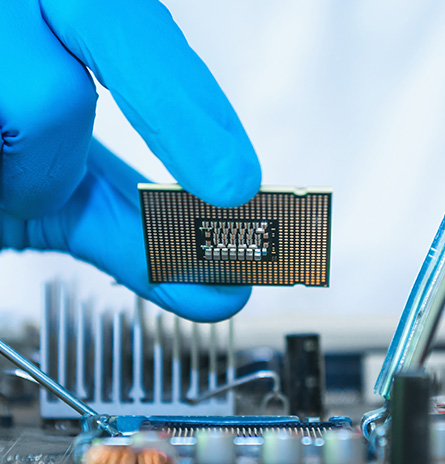How can I use EVE features to help make the touch interface more user friendly?
EVE has a range of features such as audio tone output, a range of image formats for icons, and built-in widgets such as buttons/sliders, which can help with this.
When creating a touch user interface, one way to make it more intuitive is to provide feedback to the user to confirm that their touch was accepted. EVE has a wide range of built-in audio tones which can be selected and triggered with a simple register write and this is an ideal way to show that the touch was detected.
Some EVE widgets (such as the button widget) have a 3D effect which gives an unpressed appearance. You can turn off the 3D setting to make the button flat when a touch is detected on the button, causing the button to appear to be pressed in. Images are also often used as touch icons for custom styling.
EVE’s graphics capabilities make it easy to add effects such as a coloured border around the icon which appears when pressed, to change the colour of an icon when pressed, or even to apply effects such as shrinking the icon slightly to give a ‘pressed in’ effect.
When implementing controls such as cursor and X/Y controls on the screen, one other useful technique is to draw a larger invisible circle behind the cursor and apply a touch tag to that so that the cursor effectively has a larger area.


